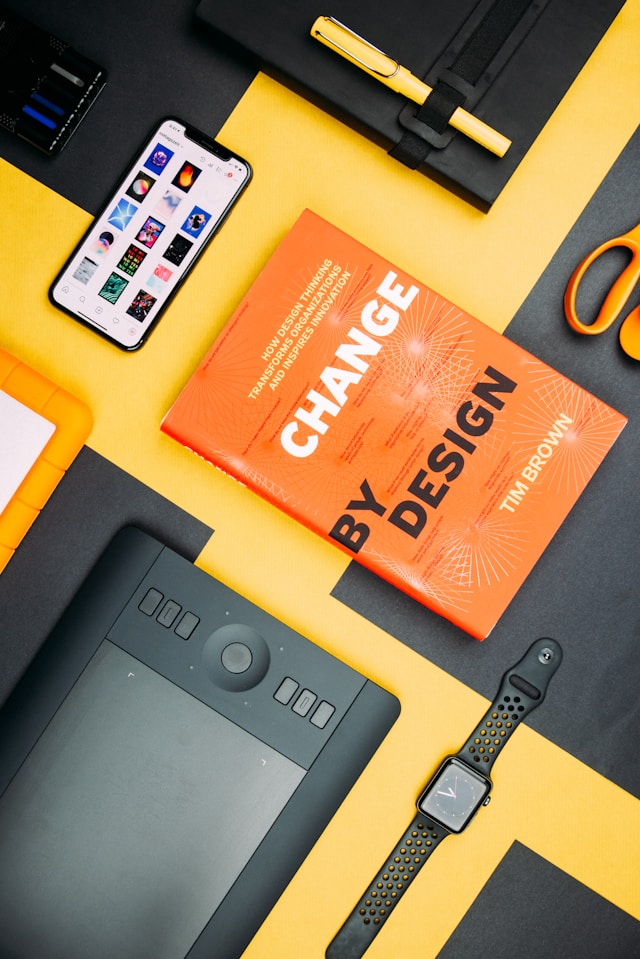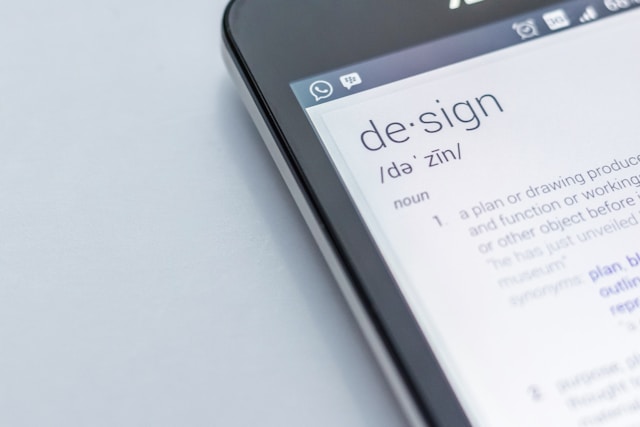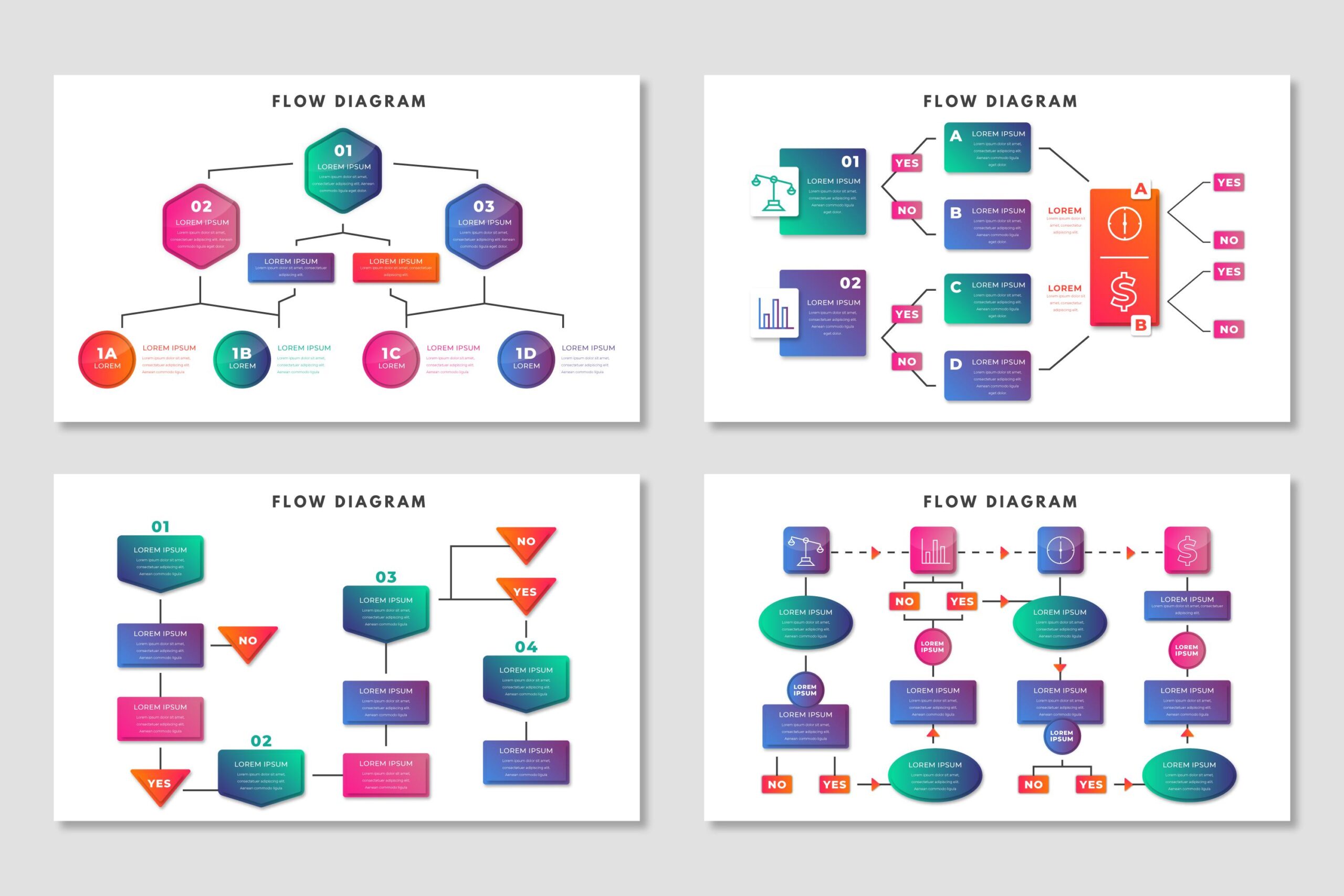There are two aspects of user experience design: the user and the experience. Both are key. However, you cannot design a great experience without first thinking of the user. This is the central tenet of human-centered design. Your users are human beings, so you need to take this into account when designing for them.
However, true human-centered design goes beyond this to consider every human who interacts with the product. This includes the developers who make it, the courier who delivers it, and so on.
Here’s how to incorporate it into your UX.

What Is Human-Centered Design?
Firstly, what is human-centered design? Essentially, this technique aims to build deep empathy with your users. It’s about considering the community of people who will use your product and designing something that suits them.
There are generally three phases to this idea. The Inspiration Phase aims to learn more about your users. In this aspect of design, you need to go beyond regular research and really immerse yourself in their lives. That way, you can truly empathize with them.
Then, in the Ideation Phase, you make sense of your research. You use it to find opportunities for designs and prototype potential solutions.
Finally, in the Implementation Phase, you create the solution and deliver it to your users. Ideally, it will succeed because you know your users so well.
Human-centered design also relies on four simple concepts:
- Being user-centric: You must focus on the human beings using your product and their contexts. That way, you can design something appropriate for them.
- Problem-solving: You have to understand and solve the right issues. Don’t just look at problems on a surface level; dig deeper.
- Everything is a system: Everything is a system of connected parts.
- Small and simple increments: UX work is iterative. Refine your results bit by bit instead of rushing to a solution.
With these pillars in mind, you can start to create a user-centric design.
Why Is Human-Centered Design Important?
So, why is human-centered design important? At the end of the day, your users are humans. This fact was something that many early technological designers overlooked.
For example, early computers were very difficult to use and understand. They required specialist knowledge to operate, and this often resulted in errors. The design did not consider the limitations of human users.
Over the years, designers have sought to address these issues through human-centered design principles. Don Norman of the Nielsen-Norman Group has outlined these in several studies.
For example, after the Three Mile Island nuclear accident in 1979, Norman analyzed the causes and solutions. He noted that the problem stemmed not from the highly competent staff but from the design of the control room.
While most mobile apps are not on the same level of severity as a nuclear plant, human-centered design remains important. Even in business, it’s important to put users first. Otherwise, you risk making a product that’s unusable or isn’t good enough. That’s a surefire way to lose customers.

The Human-Centered Design Process
As with most design processes, there is no fixed path to human-centered design. However, the general design process rests on several key pillars. Here are the things you need to consider throughout the process.
1. Never Assume
Often, you get an instant creative idea. However, your first idea isn’t always the best one. You need to cut past your assumptions and get out into the world. Make a conscious effort to understand your users, and you’ll find that your assumptions are often wrong. That’s okay—it’s better to know for sure than to assume.
2. Be Curious
As a designer, you’re the expert. However, you should not restrict yourself to your knowledge.
Throughout your research, make an effort to be curious. Ask questions at all times, and consider whether you’ve missed something. It often helps to get as many eyes on the product as possible, so don’t be afraid to collaborate.
3. Get To Know Real People
Interacting with real users is a key part of human-centered design. However, it’s a good idea to meet with them in their context. So, while interviews can be useful, they’re not as useful as contextual inquiries. Observing provides a better basis for empathy. After all, you might notice something that hasn’t consciously occurred to the user. As a result, you’d miss it in an interview.
4. Identify New Users
Once you’ve narrowed down your target audience, you don’t need to stop there. Think about other potential applications for your product. After all, there are often multiple groups that cross over on a certain interest.
Humans are interesting, complicated beings. So, don’t limit your product by assigning it to one very specific user persona. Instead, capitalize on how complicated we are by trying to identify who else could use your product.
5. Follow Your Users
During your research, your users will give you clues. Make sure you follow these leads because they can unlock doors you didn’t know existed.
If your user says something you think is interesting, don’t be afraid to pursue that area of research.
6. Consider the Whole Journey
As a designer, you need to consider more than just your primary user. What about the other people who inhabit the same space? For example, if you design software for office workers, you can’t add a loud notification sound. While it might be helpful for the user, it may be distracting for their coworkers, who are secondary users.
Think about the entire life of the product beyond its intended purpose.
7. Prototype and Test
Prototyping is one of the most essential parts of UX. It forces designers to look beyond their attachment to the design and test it with real users.
Ideally, you should test at every phase of the process. Bounce your ideas off colleagues, test your wireframes, test your prototypes, and so on. Doing so will minimize errors and ensure that your design is actually human-centric.
What Are the Steps of Human-Centered Design Thinking?
So, what are the steps of human-centered design thinking? There are four basic steps to follow:
- Clarify
- Ideate
- Develop
- Implement
Here’s what those entail in more detail.
1. Clarify
First, you need to collect your user data to clarify the problem you’re trying to solve. You should never develop products based on assumptions. Instead, it’s vital to collect user research.
For human-centered design, you need to focus on empathy. So, while conducting user interviews and contextual inquiries, it’s vital to try and see things from your users’ perspectives. Ask questions to find out more about what they’re currently using and how.
You should also try to uncover their pain points. Some of these are explicit pain points that your users are aware of and can describe. However, there are also latent pain points that your users might not be aware of.
Honing your empathy skills will help you understand even these latent pain points. That way, you can try to develop a solution that really helps them.
2. Ideate
Next, you need to brainstorm. At this point, you can use design thinking to consider potential solutions to the problem(s).
Remember, there’s always more than one way to approach a situation. Try to come up with as many potential solutions as possible so that you can test them.
3. Develop
During the development phase, you need to critique the ideas you came up with. This phase also involves combining the ideas with the team, ensuring you can properly evaluate them.
You need to consider each potential solution from three angles.
- Desirability: Is there a market for it?
- Feasibility: Is it possible to make this function? Do you have the resources to produce it?
- Viability: Is the product sustainable? Can you produce it in time?
If you can answer yes to all of these questions, then you’re on the right track.
4. Implement
Finally, it’s time to implement. During this phase, you need to communicate the how and the why to stakeholders. This includes investors, colleagues, and even the users you intend to market it to.
By keeping your users in mind at every stage of the process, you can create innovative solutions. These will impress your users and solve their problems. However, you should remember that your users are always changing, as is the nature of humanity. It’s important to keep collecting feedback, testing, and adapting your product to meet their needs.

Inspire Your UX With Page Flows
Human-centered design is, at its core, a way of thinking. It’s not a new technique or a radically different approach to UX. Instead, it’s a principle that informs the way you do the process. If you keep your users in mind every step of the way, you can create human-centered designs.
This is just one piece of the puzzle, though. So, if you’re looking for design inspiration, why not learn from proven products? Get started today to access our growing library of user flow recordings and finally stay up-to-date with current design trends.





